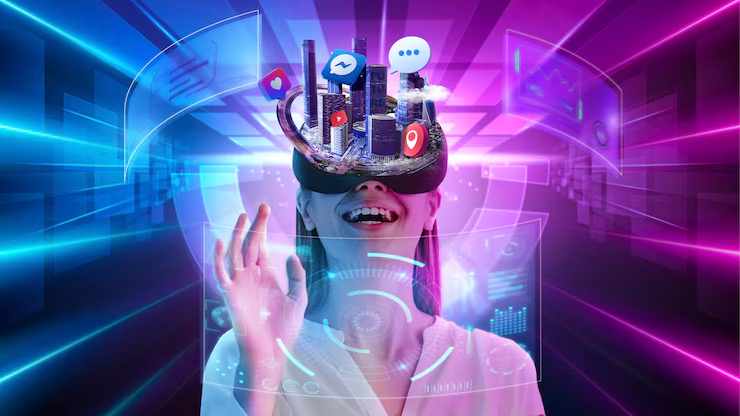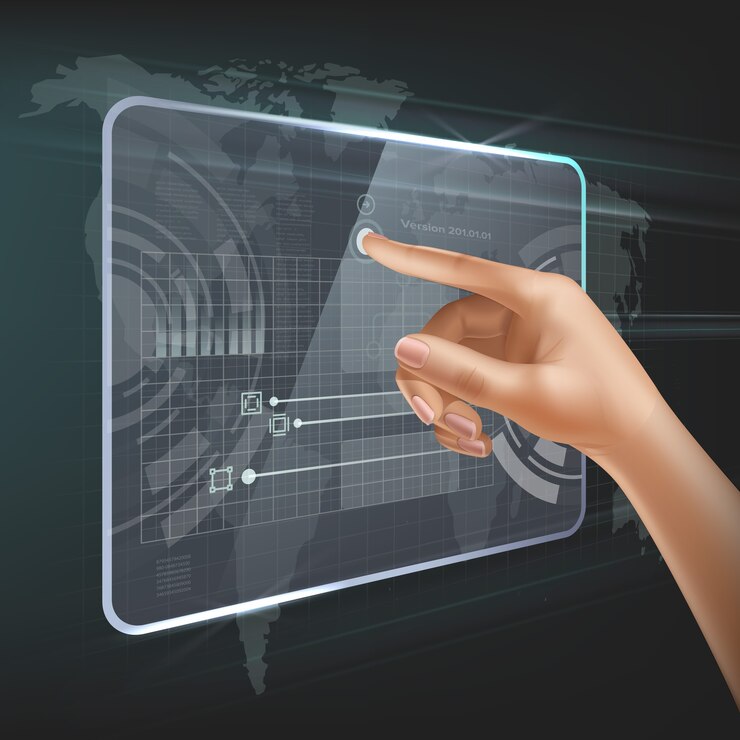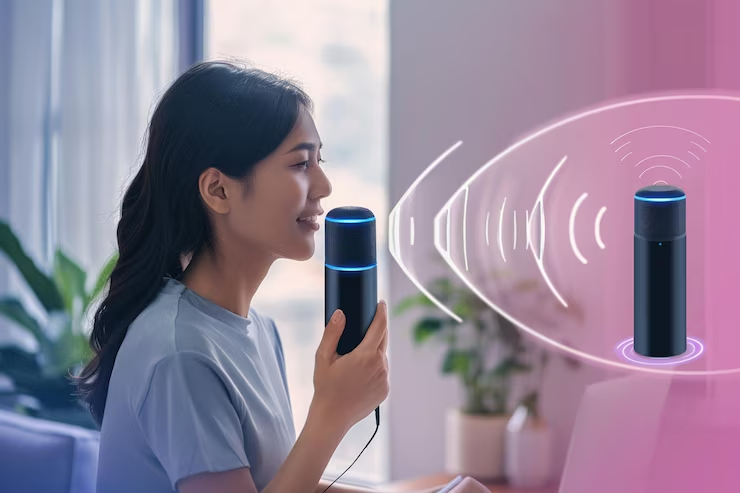Emotive AI in Everyday Technology is transforming how machines understand and respond to human emotions. At Calm Wires, we explore how this innovation is creating more personalized, intuitive tech that feels closer to us than ever before.
Emotive AI in Everyday Technology means our devices are no longer just tools but companions that can interpret mood, tone, and intent. This shift enables richer user experiences, from virtual assistants to health monitors that care how we feel.
1. Understanding Emotive AI and Its Core Function
Emotive AI focuses on detecting and analyzing human emotions using voice, facial expressions, and behavior. It gives machines the ability to react in ways that feel emotionally intelligent and human-centric.
2. How Emotive AI Is Embedded in Daily Devices
Smartphones, wearables, and home assistants are integrating emotive AI to adapt their functions based on our emotional state. They offer music suggestions, alerts, or responses based on tone or mood recognition.
3. Personal Health and Wellness Tracking with Emotion AI
Health apps now monitor stress and mental wellness by evaluating speech patterns or facial tension. Emotive AI enhances personalized health plans and alerts users when emotional balance is off.
4. Customer Experience Powered by Emotional Response
Brands use emotive AI in customer service to detect satisfaction or frustration during chats or calls. This enables faster support escalation and improves overall user happiness and loyalty.
5. Education and Learning Tailored to Mood
In educational tech, emotive AI adjusts content delivery based on student frustration or focus levels. It creates a supportive learning space, enhancing engagement and comprehension.
6. Ethical Boundaries and Data Sensitivity
As emotive AI becomes more common, ethical design must follow. Companies must handle emotional data with transparency and responsibility to protect users from misuse or bias.
FAQs
Q1. What is Emotive AI in Everyday Technology?
A: It refers to artificial intelligence that can recognize and respond to human emotions in consumer tech like smartphones, wearables, and digital assistants.
Q2. How does Emotive AI impact user experience?
A: It creates more human-like interactions, allowing devices to adapt responses based on how users feel, which leads to deeper, more natural engagement.
Q3. Where is Emotive AI commonly used today?
A: In virtual assistants, smart home systems, health apps, educational tools, and customer service platforms, all benefiting from emotion-aware capabilities.
Q4. Is my emotional data safe when using Emotive AI?
A: Companies must secure this data responsibly. Look for privacy-first platforms that clearly explain how your emotional data is collected and used.
Q5. Can Emotive AI improve mental wellness?
A: Yes, it can detect signs of stress or emotional changes, helping users take preventive steps or connect with support when needed.
Conclusion
Emotive AI in Everyday Technology is shaping a world where machines understand more than commands—they grasp emotions. This powerful shift is enhancing health, education, and digital interaction. With careful design and ethical responsibility, it will continue to transform the future of personal tech.




